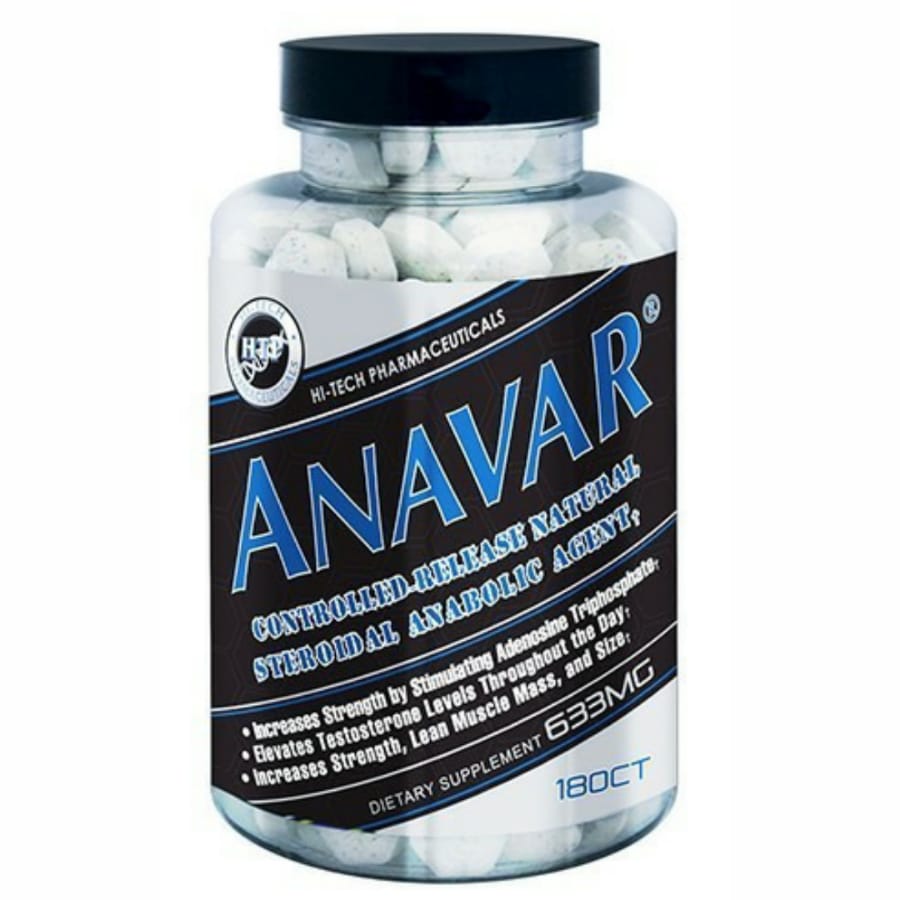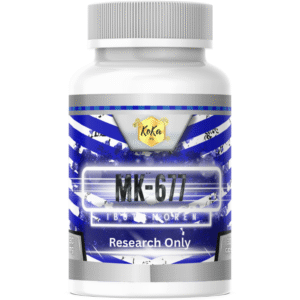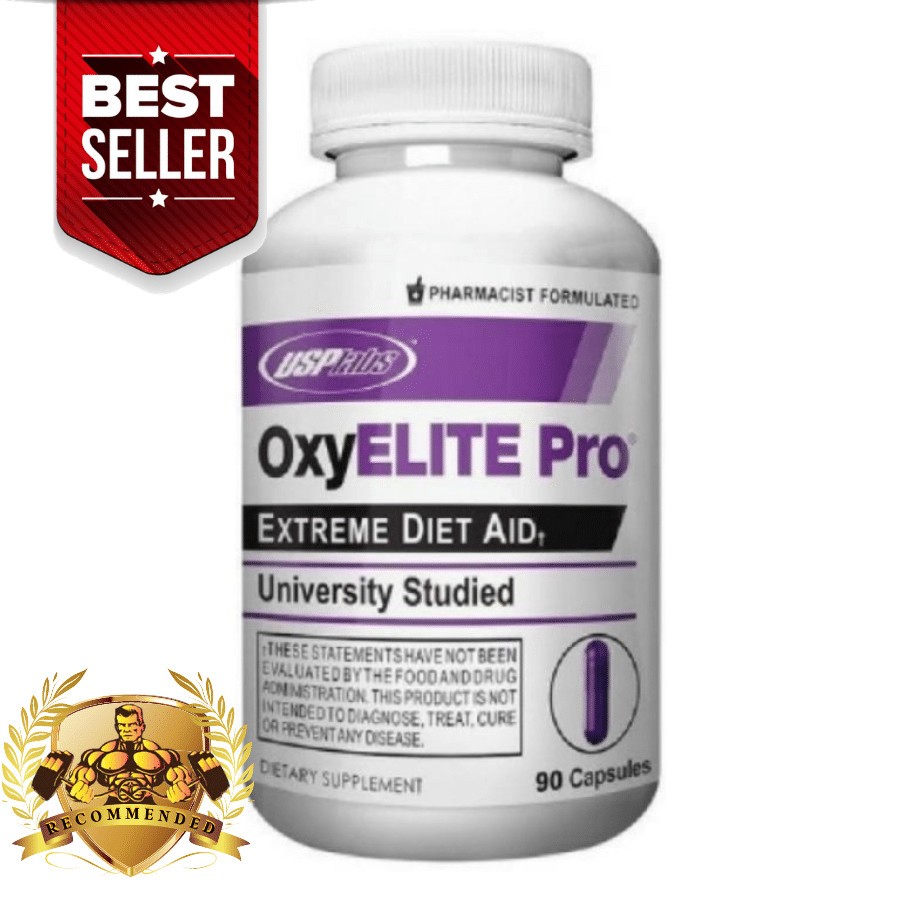
How to Get Lean Without Losing Muscle: Tips and Tricks
Getting lean is a goal for many, whether you’re aiming for a more defined appearance or boosting your athletic performance. However, one common pitfall is losing precious muscle mass in the process. The secret to getting lean without losing muscle lies in finding the right balance between fat loss and muscle retention.
Focus on a Moderate Calorie Deficit
The foundation for losing fat is a calorie deficit, but too drastic a reduction can lead to muscle breakdown. Dramatically cutting your calories can signal your body to burn both fat and muscle for energy, which is the opposite of what you want if you aim to look lean and strong. Instead, prioritize a moderate calorie deficit, think around 10-20% below your maintenance level. This encourages slow, sustainable fat loss while giving your body enough fuel to keep your muscles intact.
Prioritize Protein Intake
Protein plays a critical role in muscle retention, especially while in a calorie deficit. When you focus on how to get lean without losing muscle, dietary protein becomes even more important. Aim for at least 1.6-2.2 grams of protein per kilogram of body weight per day. High-quality sources of protein, such as chicken, fish, lean beef, eggs, Greek yogurt, and plant-based proteins, provide the essential amino acids your muscles need to repair and grow, even as you lose fat. Consuming protein with every meal and snack stabilizes muscle protein synthesis throughout the day, adding another layer of protection against catabolism.
Don’t Drop Strength Training
A big mistake many make during fat loss is switching entirely to cardio and abandoning heavy weights. If your goal is to retain muscle, it’s absolutely essential to continue strength training at high intensity. This sends a powerful signal to your body that your muscle tissue is needed, prompting your system to hold onto it, even as it turns to fat stores for energy. Lifting weights 3-5 times a week is ideal, with an emphasis on compound movements like squats, deadlifts, presses, and rows. Reducing training volume or intensity too much can accelerate muscle loss, so keep the weights challenging even if you’re in a calorie deficit.
Use Cardio Strategically
Cardio is a helpful tool for increasing calorie expenditure, but excessive cardio, particularly when combined with low calories and low protein, increases the risk of muscle loss. Aim for 2-4 sessions a week of moderate-intensity cardio such as brisk walking, cycling, or intervals. Incorporate cardio to support your calorie deficit, but don’t let it replace your resistance training routine.
Adjust Your Rate of Fat Loss
Trying to get lean too quickly may backfire. If you notice that your strength is dropping, you feel sluggish, or your muscles are losing fullness, you might be losing weight too fast. The safest, sustainable rate of fat loss is about 0.5-1% of your total body weight per week. Monitoring your progress allows you to make adjustments before muscle loss becomes a problem.
Support Recovery With Sleep and Stress Management
Sleep is when your muscles repair and grow, while high stress releases cortisol, a hormone that can encourage muscle breakdown and fat storage. Prioritize getting 7-9 hours of quality sleep each night and use stress management techniques like meditation, deep breathing, or low-impact activities. Managing these factors helps you recover better, hit your workouts harder, and protect muscles while leaning out. Read more about: Sleep Hygiene: 5 Simple Practices for Better Rest.
Supplement Smartly if Needed
While whole foods should form the backbone of your diet, some supplements may support muscle retention. Whey protein, casein protein, or plant-based shakes can help you hit your daily protein goals. Creatine monohydrate is research-backed for preserving muscle strength and fullness during a calorie deficit. Branched-chain amino acids (BCAAs) or essential amino acids (EAAs) can also add a protective effect, particularly for those training fasted or with very restricted diets.
Conclusion
To sum up, learning how to get lean without losing muscle is about balancing a mild calorie deficit with smart nutrition, consistent strength training, and recovery strategies. Maintain a diet high in quality protein, lift heavy and regularly, use cardio as a supplementary tool, listen to your body, and ensure ample sleep and stress reduction. This approach lets you shed fat, maintain muscle, and achieve that lean, athletic look you desire, for the long term.













